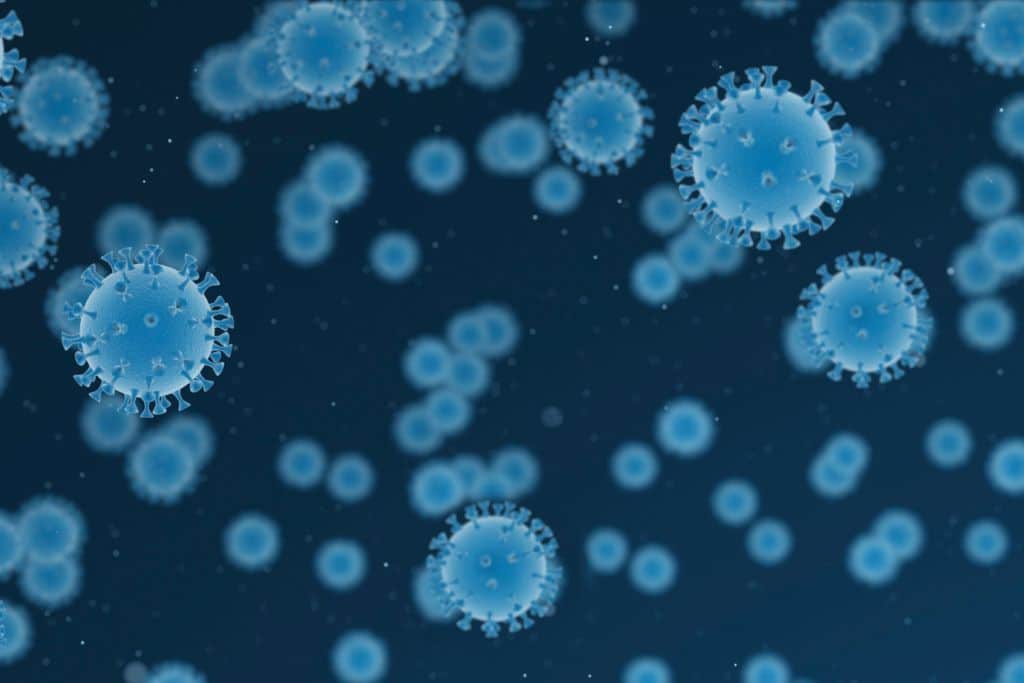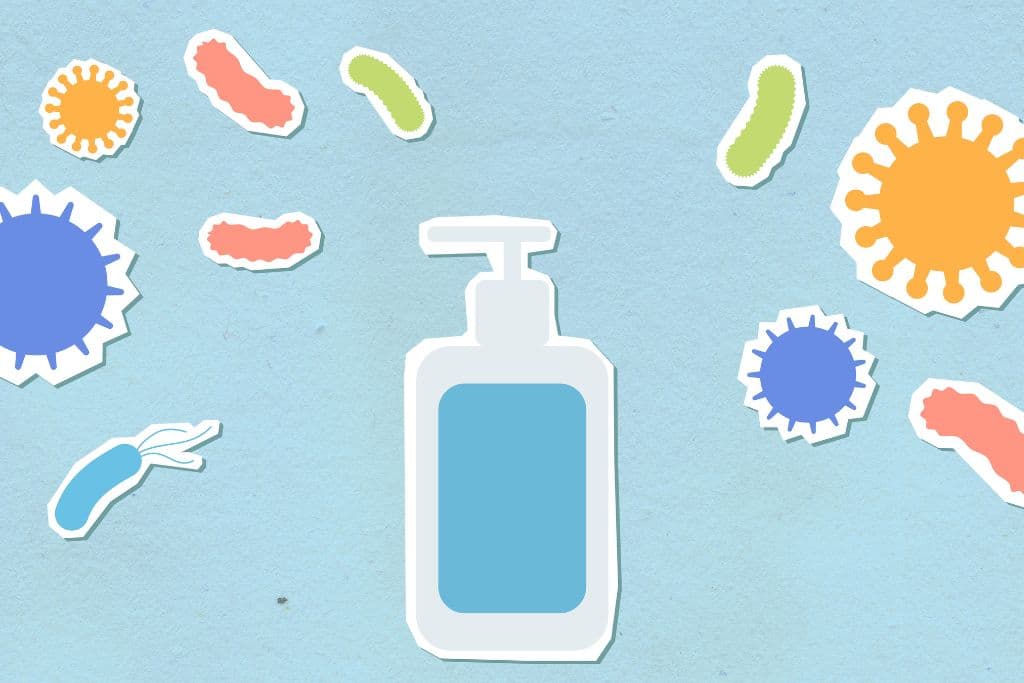Virus Infections – Causes and Treatment
Viruses cause many common illnesses, from colds and the flu to encephalitis and rabies. They also lead to epidemics and pandemics, such as the 1918-1919 influenza pandemic, AIDS and smallpox. Unlike bacteria, which can survive on their own, viruses need living hosts to reproduce. They spread through direct contact or indirect transmission, such as inhaling droplets from an infected person sneezing or coughing or from contaminated food or drink.
Causes
Viruses are microscopic agents (germs) that must invade living cells to reproduce. They are much smaller than bacteria, and they have a protein coat.
During infection, viruses may cause a range of symptoms in different body parts/organs. Some viral diseases like the common cold and flu, enter the upper respiratory tract, while others such as herpes simplex and genital herpes infect the skin or gastrointestinal system. Some viruses, such as rabies and west nile, infect the tissue layer that covers the brain and spinal cord to cause meningitis.

Viruses can be spread from person to person by coughing, sneezing, close contact, or touching surfaces infected with the virus. They can also be passed from a mother to her unborn child. Almost all viral infections are contagious and may be spread to people who have weak immune systems. These include pregnant women, children under 59 months, elderly persons, those suffering from chronic medical conditions like cardiac, pulmonary, renal and liver diseases, and individuals taking immunosuppressive medicines.
Symptoms
Viruses look for living cells to infect, using them as hosts to reproduce and grow. They attach themselves to cell receptors on the surface of the host, like a key fitting into a lock. Viruses often cause infections that can be very serious or even life-threatening.
Viral diseases range from familiar infectious illnesses such as the common cold, flu and warts to severe illnesses such as hepatitis B, hepatitis C and HIV/AIDS. Some viruses, such as those behind the 1918-1919 flu epidemic and smallpox, are responsible for past or ongoing global pandemics. Others, such as hepatitis A, hepatitis B and hepatitis C can lead to chronic infections that last for decades, eventually resulting in liver damage and scarring (cirrhosis).

People get viral infections by touching surfaces or objects that someone with a virus has touched, breathing in germs in the air or swallowing contaminated food or water. Almost any viral infection can cause a life-threatening condition called sepsis, which occurs when the body’s immune system is overwhelmed by the number of invading germs.
Treatment
Viruses are much smaller than bacteria, and they can only replicate inside living cells. A virus consists of genetic material, either DNA or RNA, wrapped in a protein coat. Once a virus infects a living cell, it takes control of the cell to replicate. As a result, the infected cell dies and releases viruses that can infect other cells. Infections caused by viruses range from the common cold and flu to hepatitis, HIV/AIDS, and yellow fever. Viruses can also cause a deadly condition called sepsis, which results from a severe infection or injury.

Symptoms of most viral infections fade on their own, as your body’s natural defence system destroys the virus or its genetic material. In some cases, your healthcare provider may prescribe medications such as antiviral drugs to treat or prevent an illness. Some viruses, such as herpes, EBV, HPV and varicella, can stay dormant in your body for a long time without causing symptoms.
Prevention
Viral infections can range from no symptoms to severe disease. Viruses are tiny, non-living microorganisms that can infect cells and make copies of themselves. They have a nucleic acid core (DNA or RNA) in a protein coat and some have a fat layer around them. Unlike bacteria, they don’t produce energy and can’t survive without a host cell to grow in.
Viruses can be spread through coughing and sneezing; touching infected objects or people; vaginal, oral or anal sex; from a tick or mosquito bite; or through the transfusion of contaminated blood. Vaccines can help prevent some viral diseases, including measles, polio and tetanus.

You can reduce your risk of viral infection by washing your hands regularly, practising safe food habits and using a condom during sexual activity. Drink plenty of fluids as fever from a viral infection can cause dehydration. Garlic is a natural antibiotic and can boost immunity. It is also known to have antiviral properties.
In “Virus Infections – Causes and Treatment,” we explain numerous virus infections and their treatments. “Prevention of Drug and Alcohol Abuse among Young People” provides health and wellness insights. This article emphasizes the need for early intervention and education in treating teenage substance misuse to create a better and safer community. Understanding viral infections and substance abuse avoidance helps us protect ourselves and our loved ones.

